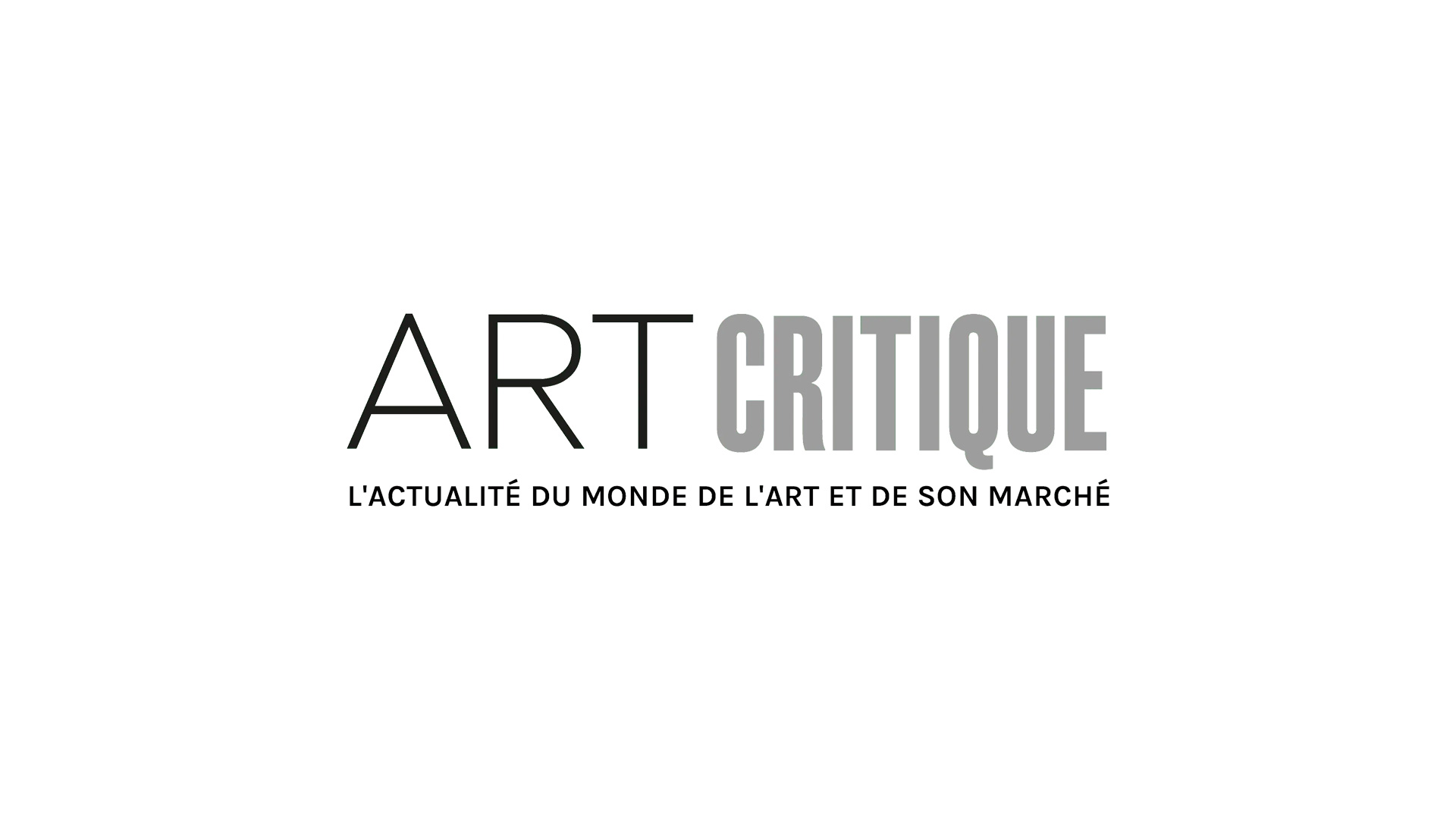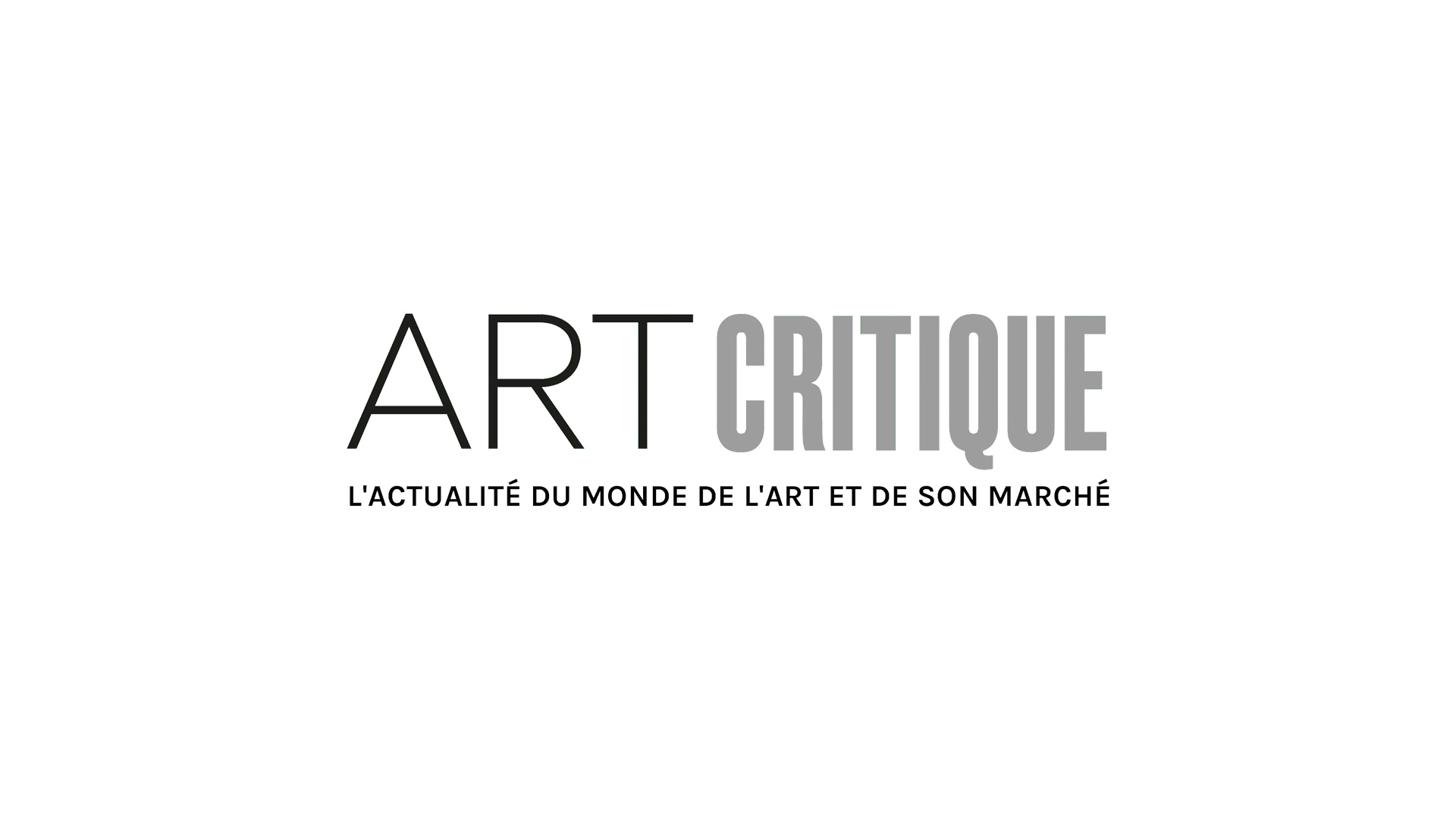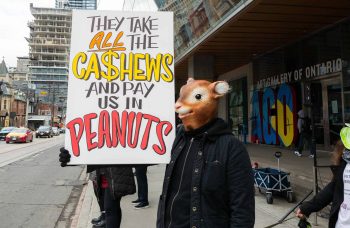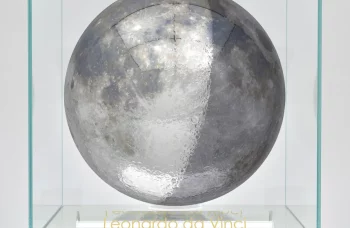New York City’s Subway map can be a key resource for even the most seasoned New York commuter or a safety net for a tourist on their first trip to the Big Apple. It’s curves, stops, and colours are iconic and it’s easily one of the most iconic public transportation maps. On February 18, Michael Hertz, whose name shot to public transit fame when he and his firm redesigned the beloved map, has died in East Meadow, New York at age 87.
Born on August 1, 1932 to Brooklyn-based parents, Hertz grew up in the city and, in 1954, earned a fine arts degree from Queens College. He enlisted in the US Army for two years and eventually worked as an art director for advertising for the Walt Disney Company. In the late 1960s, he opened his firm and over the course of his career, worked on various transit maps, in New York, Washington, and Houston, among other projects.

In 1979, Hertz and his firm finished their redesign of the subway map in NYC and went on to become synonymous with transit mapping. The map is still used today, though there have been some tweaks to reflect the times and the city as it has evolved but what you see on the subway car is still rooted in Hertz’s design.
Hertz’s firm was contracted by the Metropolitan Transport Authority (MTA) in the mid-1970s. Their task: to make the existing subway map, created by Italian designer Massimo Vignelli, more user friendly and to entice people to ride the subway. ‘It was the 1970s,’ said psychologist Arline L. Bronzaft who worked on Hertz’s team to resign the map in a 2004 statement to Newsday. ‘People were fearful of going on the subways. We wanted people to use the map to see the sights of New York.’
The map that came from Hertz’s firm solved a number of issues that the MTA were keen to resolve in Vignelli’s design. For starters, the beige colour scheme was replaced with colours that were representative of reality, i.e. water was made blue and parks, like Central Park, were made green. The new map also reflected the actual landscape of the city better, too. Vignelli’s map distorted the city creating a disconnect between a tube stop and the reference points above ground at it. It’s emphasis on straight lines were confusing to commuters, as well, because those familiar with the city weren’t able to connect locations to subway stops. The Hertz map remedied this by transposing the city’s grid over the subway lines. One of Hertz’s team members, Japanese designer and painter Nobuyuki Siraisi, went as far as to ride every subway line, eyes closed, sketching out the curves the line experienced to better represent the lines.
Though there have been some disagreements as to if Hertz should get the credit for the map of or if John Tauranac, who led the MTA’s committee for the redesign, should, most agree that Hertz became the father of the map. Over the years, the map has been tweaked, too, but the 1970s design has remained. In 1997, it was digitized and the following year, Hertz did a major update of it.
In 2004, Hertz told the New York Times ‘I still get a pleasure in a subway station when I see somebody in lederhosen looking at the map.’ So, the next time you catch the subway into the city from JFK or to hop over to Central Park on a sunny summer day, take a moment to enjoy Hertz’s creation.





